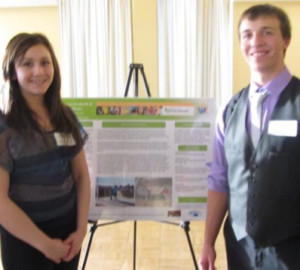2022, JOHNSTOWN, COLORADO, USA
 pollution by inventing an innovative method of electricity generation. Due to the escalating levels of greenhouse gases, Colorado has been facing an enduring drought. To address this challenge, Lilian designed and developed a groundbreaking prototype known as the Rug-Watt—a rug capable of producing electricity. By harnessing kinetic energy, the Rug-Watt utilizes rotating gears to generate electrical power. Even though a single step and one rotation of a gear produce approximately 0.2 volts, the cumulative effect is significant. When every student in the school takes a step on the Rug-Watt, a single panel can generate an impressive 209 volts. This solution addressed Targets 7.1 and 9.1 of the Sustainable Development Goals.
pollution by inventing an innovative method of electricity generation. Due to the escalating levels of greenhouse gases, Colorado has been facing an enduring drought. To address this challenge, Lilian designed and developed a groundbreaking prototype known as the Rug-Watt—a rug capable of producing electricity. By harnessing kinetic energy, the Rug-Watt utilizes rotating gears to generate electrical power. Even though a single step and one rotation of a gear produce approximately 0.2 volts, the cumulative effect is significant. When every student in the school takes a step on the Rug-Watt, a single panel can generate an impressive 209 volts. This solution addressed Targets 7.1 and 9.1 of the Sustainable Development Goals.

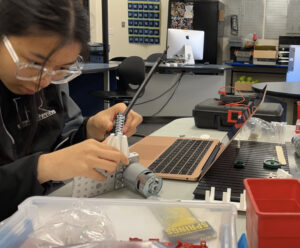



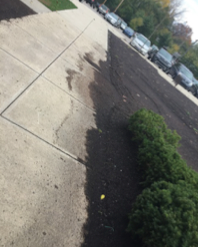



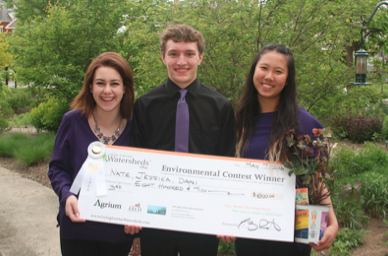

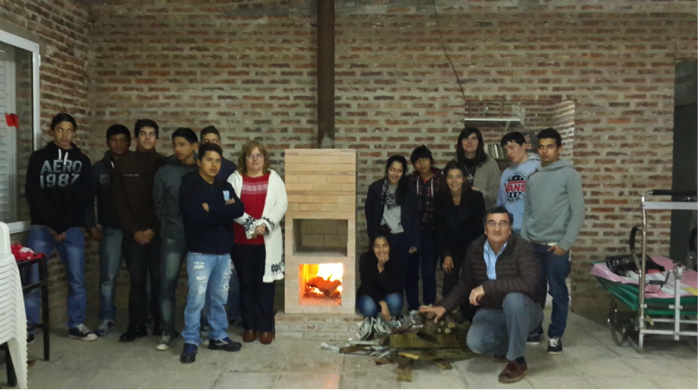


 The garden consists of a square foot section of the roof that is covered with plants that will greatly benefit from the rain water that would otherwise be directed into the gutters, and sent into the school parking lots where the water will mix with possible toxins that could potentially be harmful to the watershed. Berthoud High School will serve as the pilot project.
The garden consists of a square foot section of the roof that is covered with plants that will greatly benefit from the rain water that would otherwise be directed into the gutters, and sent into the school parking lots where the water will mix with possible toxins that could potentially be harmful to the watershed. Berthoud High School will serve as the pilot project.